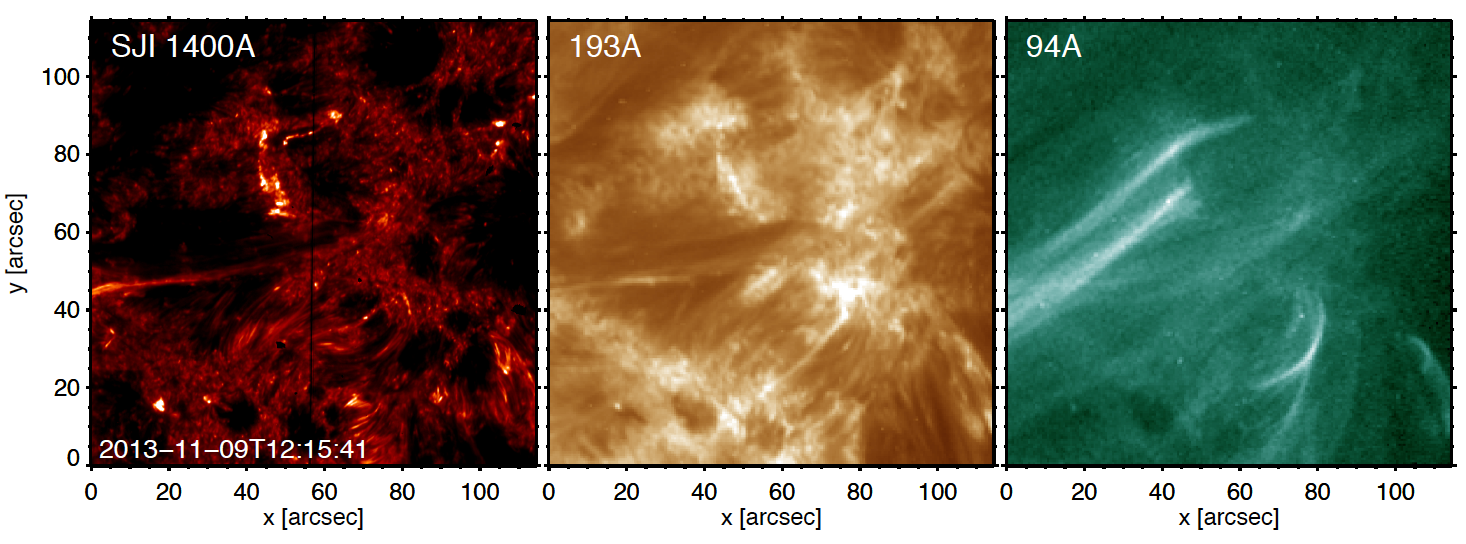New diagnostics of particle acceleration in solar coronal nanoflares from chromospheric observations and modeling

Solar observations provide us with a close up view of
fundamental physical processes at work in magnetized plasma,
which are important on the Sun and in other astrophysical
contexts. The proposed team will focus in particular on
tackling the mechanisms converting magnetic energy into
heating of the solar outer atmosphere and acceleration of
particles, which are among the main open issues in solar
physics.
Recent observations with the Interface Region Imaging
Spectrograph (IRIS) of small spatial and temporal scale
brightenings at the footpoints (chromosphere and transition
region) of solar coronal loops, combined with advanced
radiation hydrodynamic modeling,have provided new diagnostics
and significant new insights into the heating processes and
mechanisms of energy transport across the different layers of
the solar atmosphere (Testa et al., 2014). These findings have
shown that the high resolution IRIS observations have the
potential to provide tight constraints on the properties of
small-scale heating events, on the presence and energy
distribution of the non-thermal particles and on their
importance in heating the non-flaring corona.
We will determine the statistical properties of the
observed spatial and temporal distribution of small-scale
brightenings by analyzing chromospheric and TR observations of
loop footpoint emission (IRIS), combined with coronal
observations (Hinode/XRT and EIS, SDO/AIA). At the same time
we will further develop the numerical models, focusing on
including more realistic background atmosphere(s), as these
play a critical role in determining the response of the plasma
to impulsive heating events and the non-thermal particle
properties.
By comparing directly, in a quantitative fashion, the
observations (in particular focusing on chromospheric and
transition region emission) with the predictions of models of
impulsively heated loops we will be able to investigate the
prevalence and importance of non-thermal particles in
non-flaring coronal plasma, and constrain the parameters of
the non-thermal electron distribution.
